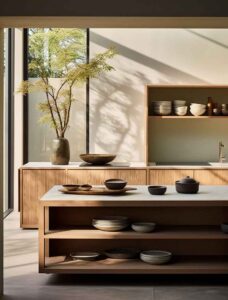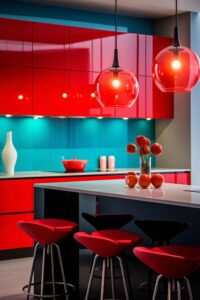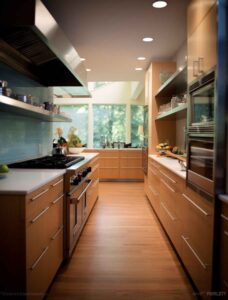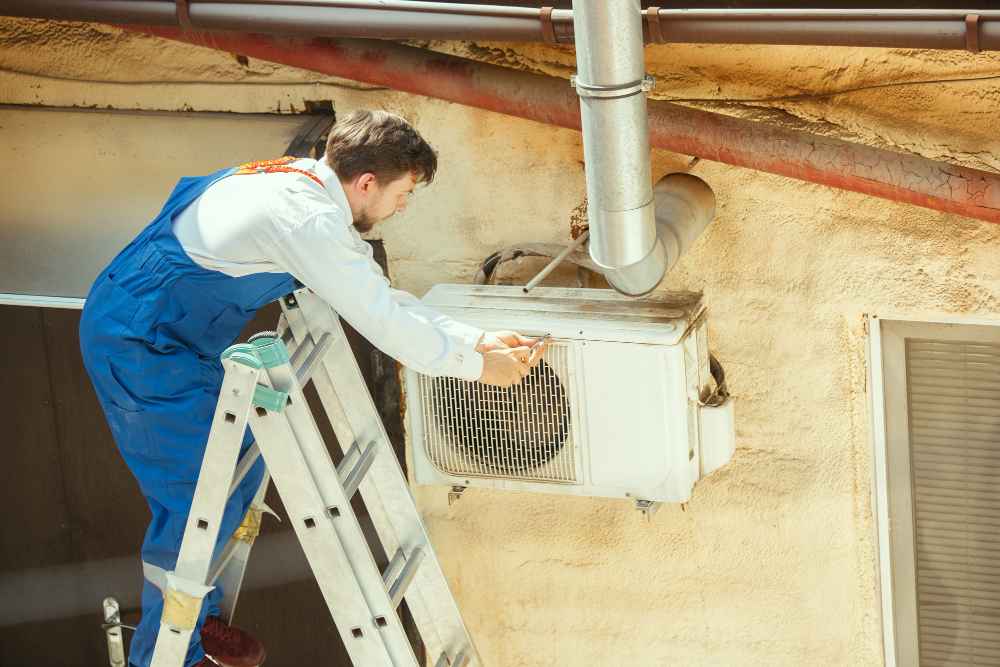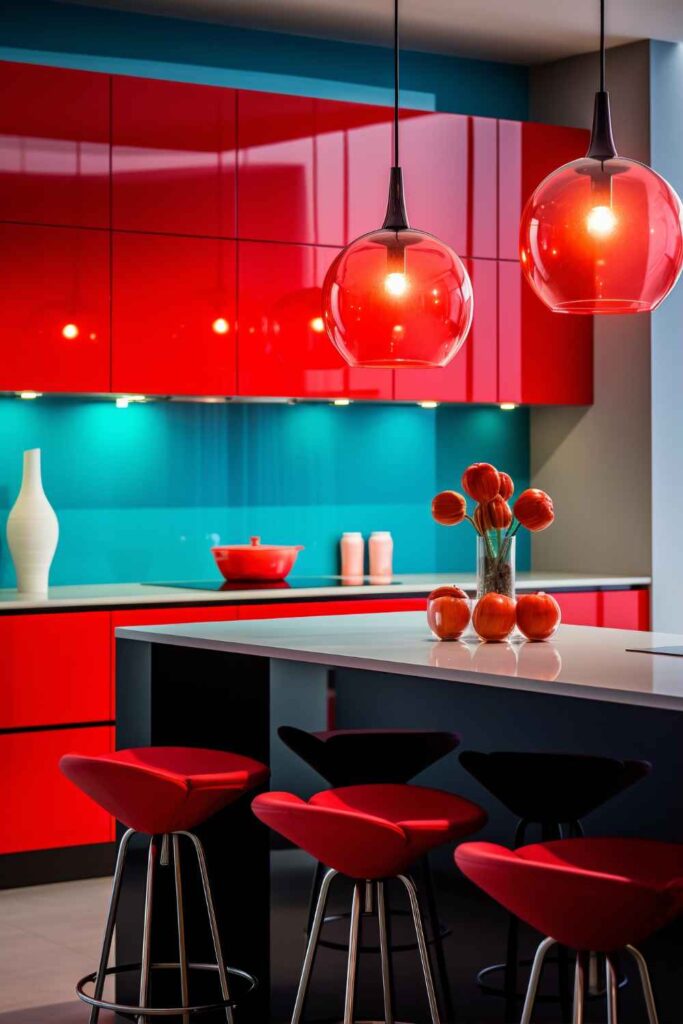Outdoor kitchen cabinets are a crucial element in creating a functional and stylish outdoor cooking area. They not only provide essential storage and workspace but also elevate the aesthetic appeal of your backyard. In this article, we will explore the various types, materials, and design considerations for outdoor kitchen cabinets, highlighting their functional and aesthetic benefits.
Introduction to Outdoor Kitchen Cabinets
Outdoor cabinets are more than just storage units; they are the backbone of a well-organized and visually pleasing outdoor kitchen. They offer valuable storage space for cooking essentials, provide a workspace for food preparation, and can accommodate outdoor appliances, enhancing the efficiency of your outdoor kitchen[2].
Types of Outdoor Kitchen Cabinets
kitchen cabinets come in a variety of types to suit different needs and styles:
- Storage Cabinets: These are the primary building blocks of outdoor kitchen cabinets, offering ample storage space for utensils and cooking supplies[1].
- Door Cabinets: Adding doors to storage cabinets provides a sleek and sophisticated look, keeping clutter out of sight[1].
- Barbeque Cabinets: Designed to integrate grills and barbeques, these cabinets offer convenience and style[1].
- Fridge Cabinets: Perfect for outdoor kitchens, these cabinets house outdoor-rated fridges and storage bins[1].
- Sink Cabinets: Featuring outdoor sinks and taps, these cabinets are ideal for washing and food preparation[1].
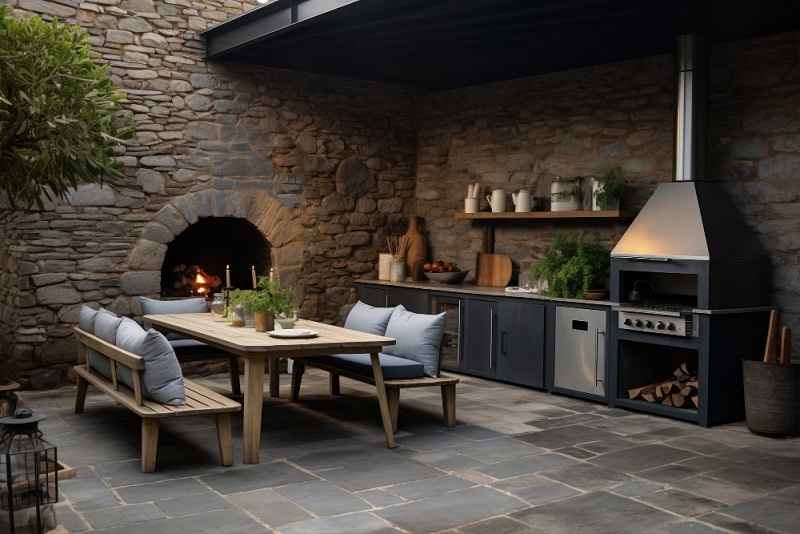
Materials Used for Outdoor Kitchen Cabinets
The choice of material for outdoor kitchen cabinets is crucial due to exposure to weather conditions. Popular materials include:
- Stainless Steel: Known for its durability and resistance to rust, stainless steel is a popular choice. High-quality grades like 304 or 316L ensure corrosion resistance.
- Wood: Natural wood cabinets, such as those made from teak, cedar, or redwood, add warmth and charm. They require periodic maintenance to maintain their appearance.
- Aluminum: Marine-grade aluminum is lightweight, durable, and rust-resistant, offering a sleek, contemporary look[3][7].
- Polymer and PVC: These synthetic materials are weatherproof, low-maintenance, and can mimic the look of real wood[3].
- Masonry and Stone: Used for a more rustic or traditional look, these materials provide durability and a natural aesthetic[3][6].
Design Considerations for Outdoor Kitchen Cabinets
When designing your outdoor kitchen, consider the following factors:
- Location: Position your outdoor kitchen near your indoor kitchen for convenience and accessibility[2].
- Accessibility: Ensure easy access from dining areas to enhance the entertaining experience[2].
- Style and Material: Choose materials and styles that complement your home’s aesthetic and outdoor decor[2].
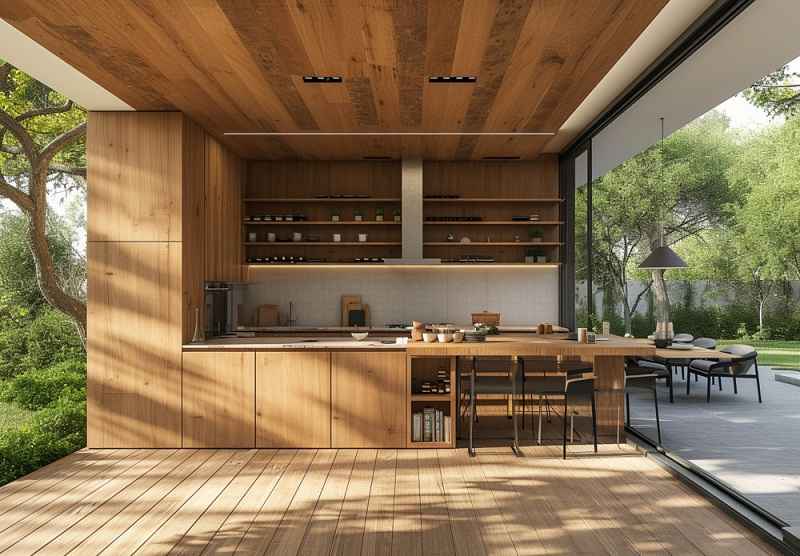
Functional and Aesthetic Benefits
Outdoor kitchen cabinets offer both functional and aesthetic benefits:
- Functional Benefits: They provide storage, workspace, and can house appliances, making your outdoor kitchen efficient and organized[2].
- Aesthetic Benefits: Cabinets come in a wide range of styles and materials, allowing you to create a luxurious and refined outdoor space that reflects your personal style[2].
Conclusion
Outdoor kitchen cabinets are a vital component of any outdoor cooking space, combining functionality with style. By choosing the right type and material for your cabinets, you can create an inviting and efficient outdoor kitchen that enhances your living space and entertaining experience. Whether you opt for sleek stainless steel, rustic wood, or durable polymer, your outdoor kitchen cabinets will be the centerpiece of your backyard gatherings.
Discover additional ideas in our Kitchen Styles category!

